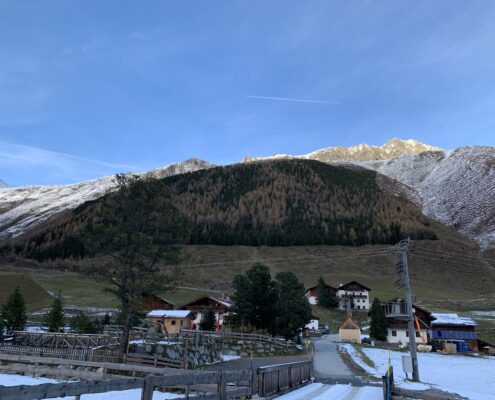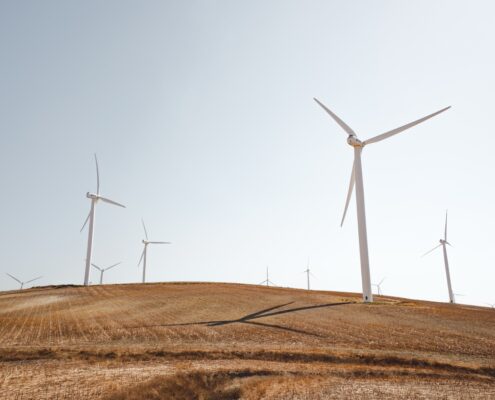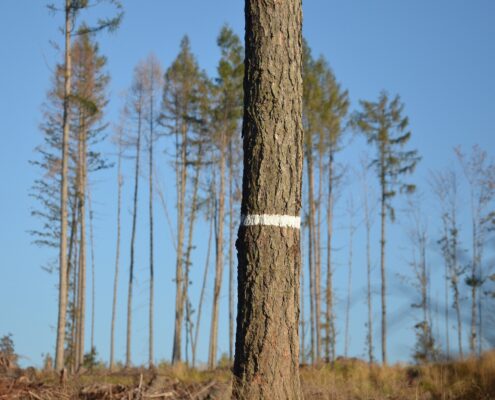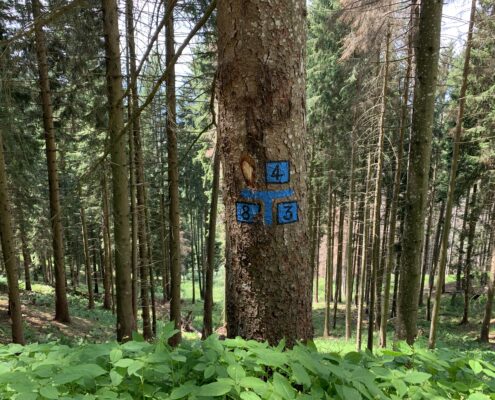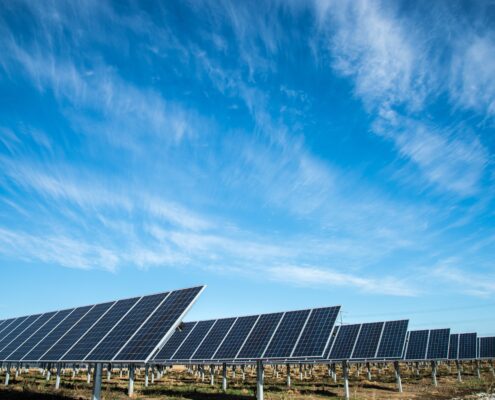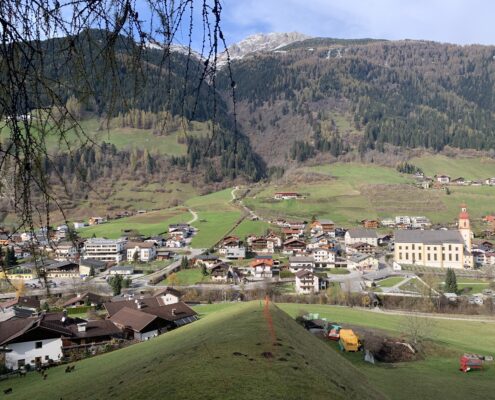 https://greenmarked.it/wp-content/uploads/2024/01/IMG_5727-scaled.jpg
1920
2560
Matteo Gecchelin
https://greenmarked.it/wp-content/uploads/2022/01/LOGO-GREENMARKED-SITO-600x600.png
Matteo Gecchelin2024-01-22 22:16:182024-01-22 23:24:18A Battle in the Alps: A Story of Climate and Men
https://greenmarked.it/wp-content/uploads/2024/01/IMG_5727-scaled.jpg
1920
2560
Matteo Gecchelin
https://greenmarked.it/wp-content/uploads/2022/01/LOGO-GREENMARKED-SITO-600x600.png
Matteo Gecchelin2024-01-22 22:16:182024-01-22 23:24:18A Battle in the Alps: A Story of Climate and MenNovember 07, 2022
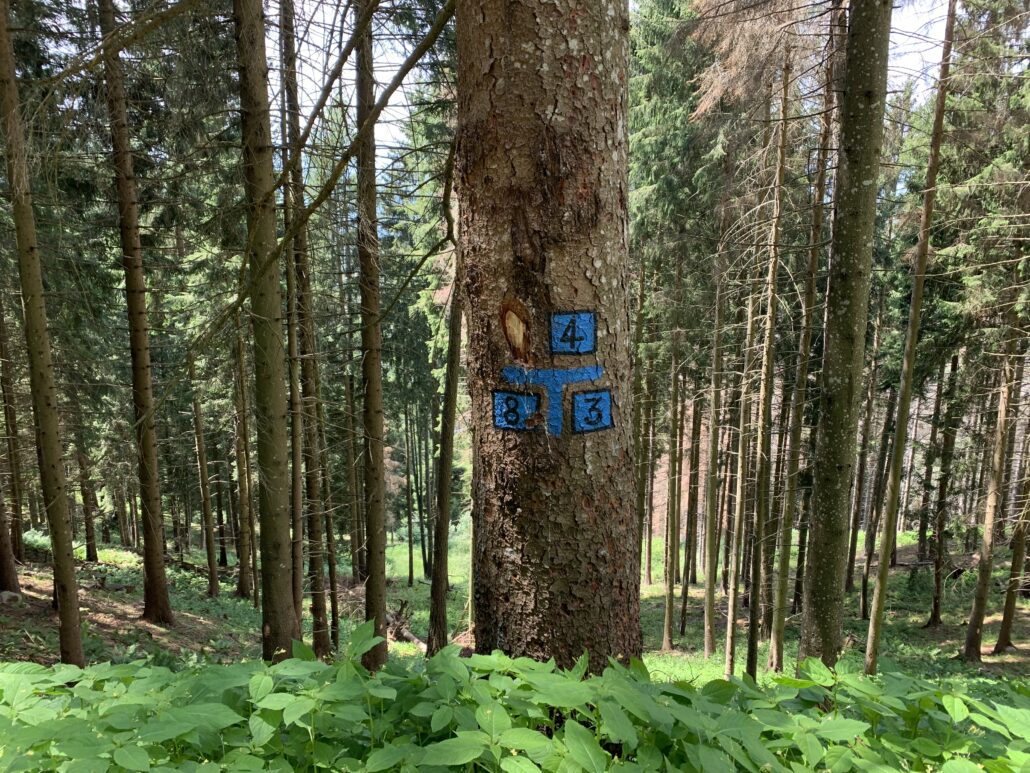
Without any desire to emulate, I am pleased to take up the definition of “Forest Sovereignty” that journalist and forester Luigi Torreggiani of Compagnia delle Foreste gives. A term recently introduced by the new Italian government to rename the former Ministry of Agricultural Policies into “Ministry of Agriculture and Food and Forestry Sovereignty” (formerly MiPAAF).
“FOREST sovereignty is a model of forest resource management that does not prioritize and is not driven by profit maximization but the satisfaction of people’s need for ECOSYSTEMIC SERVICES. It promotes a sustainable type of forest production that respects the labor of those who produce FOREST-DERIVED GOODS AND SERVICES. It aims to encourage local FOREST-based economies by reducing the distance between suppliers and consumers, waste, and dependence on societies distant from the places where FOREST-DERIVED GOODS AND SERVICES are produced. Finally, FOREST sovereignty aims to enhance traditional knowledge about resource production and its transmission to future generation, and promotes the use of methods and means of managing FORESTS in an environmentally sustainable manner [1].”
From my point of view, such a description is of great quality. It describes in a concise, simple but not trivial, scientific and authoritative way the current will to action of forestry stakeholders as a whole.
In a period of crisis – energy, environmental and economic crisis – such as the one we are currently in, those involved in the forestry are crying out for solutions again and again. These, however, must combine with the solutions of other economic sectors, involve all productive bodies, consider the needs of private individuals and they must be adequately supported by public authorities. No one, least of all foresters, has a magic wand that can solve in one step all the problems we face. Yet, with everyone’s input and everyone’s will, results can be evident already today.
Today, Italy’s forestry sector suffers from a great deal of misinformation, followed by a more than trivial disinterest. Yet, all of Italy is a forested country. Forests cover approximately 11 million hectares, equivalent to 37 % of the national land [2]. So what do we do with these forests? Actually, many things: from simply doing nothing with them (yes, this is also contemplated among the “uses” of a forest) to tourism use, from edible mushrooms provision to timber production.
And here is our keystone: timber production through Sustainable Forest Management; “SFM” all together in one concept. SFM is a bit of a synthesis of many of the terms introduced in the description of Forest Sovereignty. SFM translates into local, scientific, economically viable use of wood.
The future – the bright one – sees all of us thinking globally and acting locally. And this must be as clear to us today as ever in the context of the energy crisis. A crisis caused by geopolitical tensions relatively far from our land, and yet, so penetrating in our daily life due to our energy requirements and imports. A disconnection from these imports has already begun in several mountain villages not supplied by natural gas. Where gas does not arrive, however, wood does. And wood can be rediscovered as an energy resource. The integration of woodchip boilers in district heating systems serving hundreds of private households and public agency buildings provides economic, social and ecological benefits.
Sustainable Forest Management takes into account the entire life cycle of wood processing – or in general, the forest as an ecosystem. In this case, energy needs do not determine extraction, as it has been done for years – and continues to be done – with fossil fuels. It is the possibility of energy revenue that determines the need. It represents a new concept of energy, part of a circular and nonlinear energy supply chain. All of this leads to a precise design (and implementation) of boilers and heating systems that minimize the thermal (and electrical) dispersion of the generated energy. And the same goes for the efficiency of buildings: same heating design and minimum of dispersion. Since the fuel (wood) is what it is, it must be… used parsimoniously. Because wood is indeed renewable but not endless. This is not an economic degrowth application, but rather a type of development plan that is designed in a way to ensure prosperity for us and the future generations, without taking anything away from anyone.
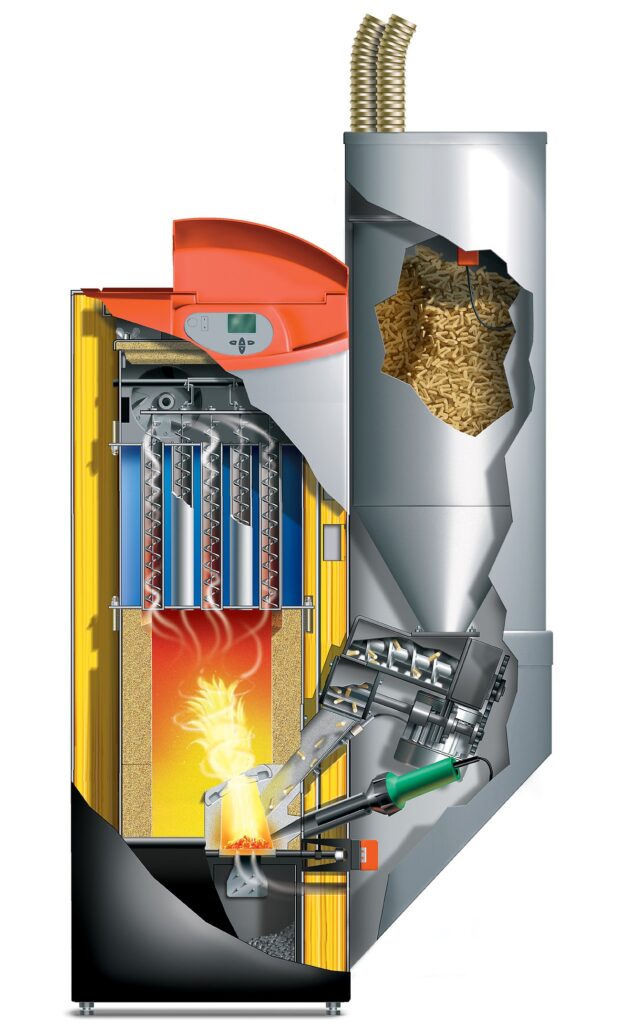
Fig. 1: Most Modern woodchip boilers and stoves ensure optimal combustion, minimize pollutants emissions and maximize energy efficiency. Free-source photo by GUNTAMATIC Heiztechnik GmbH – www.guntamatic.com, CC BY-SA 3.0, https://commons.wikimedia.org/w/index.php?curid=20200339
And thus, economic and environmental sustainability
ECONOMICALLY SUSTAINABLE because using wood ensures revenue, market, and economic prosperity for local and national companies on an otherwise unexploited product. In the view of a trickle-down economy, where the outputs of a process are the inputs of the following process, the wood supply chain “waste” material is a valuable source for energy production. From an ecological perspective, this is a perfect representation of a cycle. Where nothing comes by accident, nothing is simply thrown away and everything is exploited.
ENVIRONMENTALLY SUSTAINABLE because using wood is perfectly within the scope of the much discussed renewable energy. Obviously, in union and synergy with all the other renewable. Even though it is true that wood combustion pollutes – in terms of air pollutant emissions, emissions are easily controlled by modern combustion systems. Pollutant emission levels are nearly negligible in most energy efficient five-star certified boilers [3].
Considering CO2 emissions, which inevitably derive from the combustion process, wood combustion for energy purposes has a net zero carbon balance. The CO2 generated from the combustion of wood coming from properly managed wood production systems, where less wood is harvest than what is annually produced by the forest and where forest stands can thus regenerate, is stored in equal amounts in the new-growth plant. Furthermore, if the fuel is the waste of other wood uses, the balance can even be negative. Only part of the CO2 stored in the plant is actually burned while the rest is kept in the wood source.
In short, a small step for the lumberjack (or rather, a small forest cut), but a giant step for mankind toward the hope of an efficient and affordable future.
Related articles:
References:
[1] Torreggiani, L. (2022). Che diavolo significa “sovranità forestale”? [On-line; dated 04-November-2022]. https://www.linkedin.com/feed/update/urn:li:activity:6992165254222786560/
[2] INFC. (2015). Inventario Nazionale delle Foreste e dei Serbatoi Fore-stali di Carbonio [Online; dated 04-November-2022]. https://www.inventarioforestale.org/it
[3] AIEL. (2022). CERTIFICAZIONE APPARECCHI DOMESTICI ARI-APULITA [Online; dated 04-November-2022]. https://www.aielenergia.it/gruppo-certificazioni-GAD
Cover- and preview image: Forest parcels. Sustainable Forest Management starts with a proper estimate of the wood availability in the forest. Through adequate Forest Management Plans the amount of material that can be harvested annually is then calculated. (Author. Baselga di Pinè, Trento. July 01, 2022).


